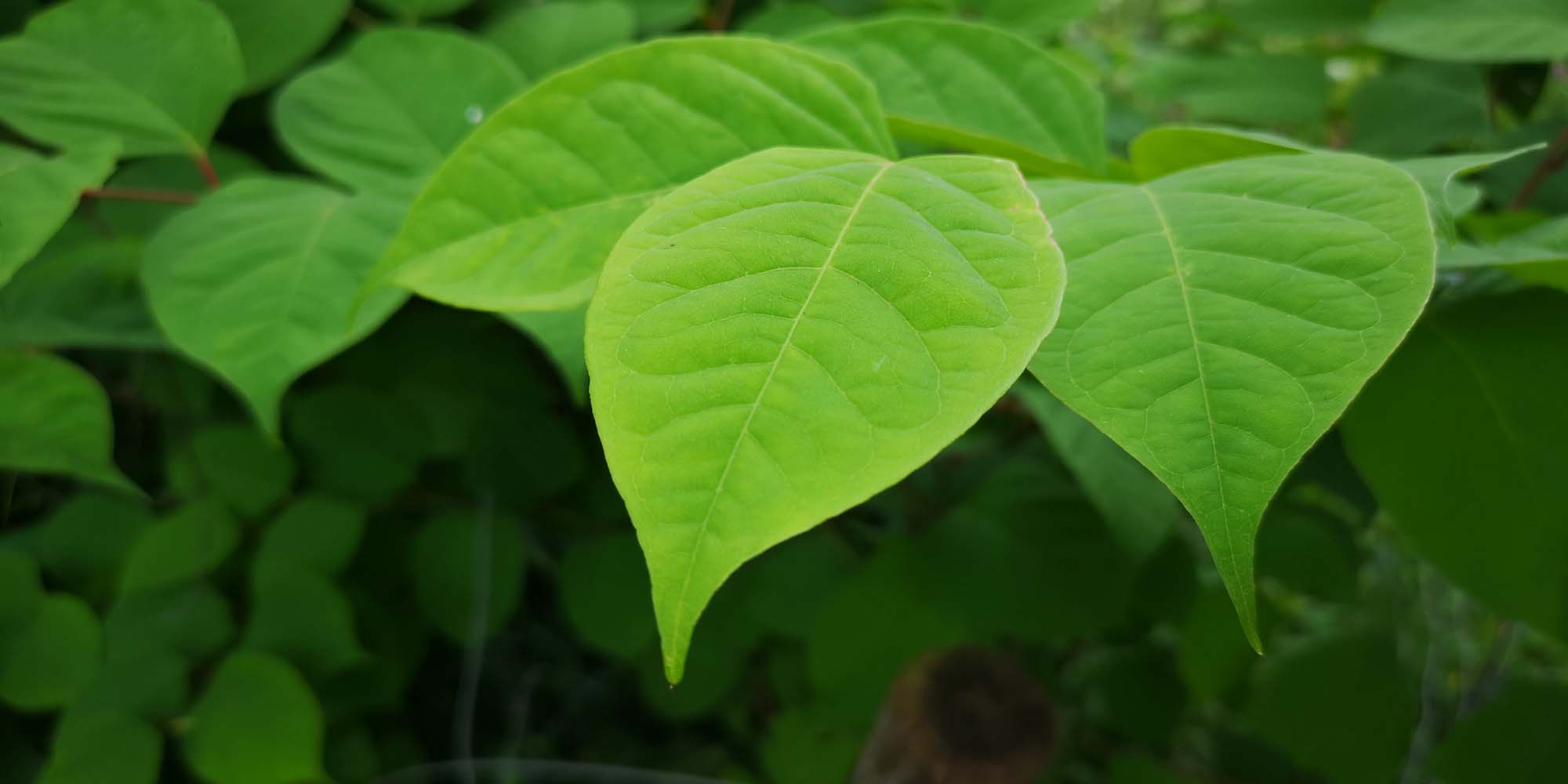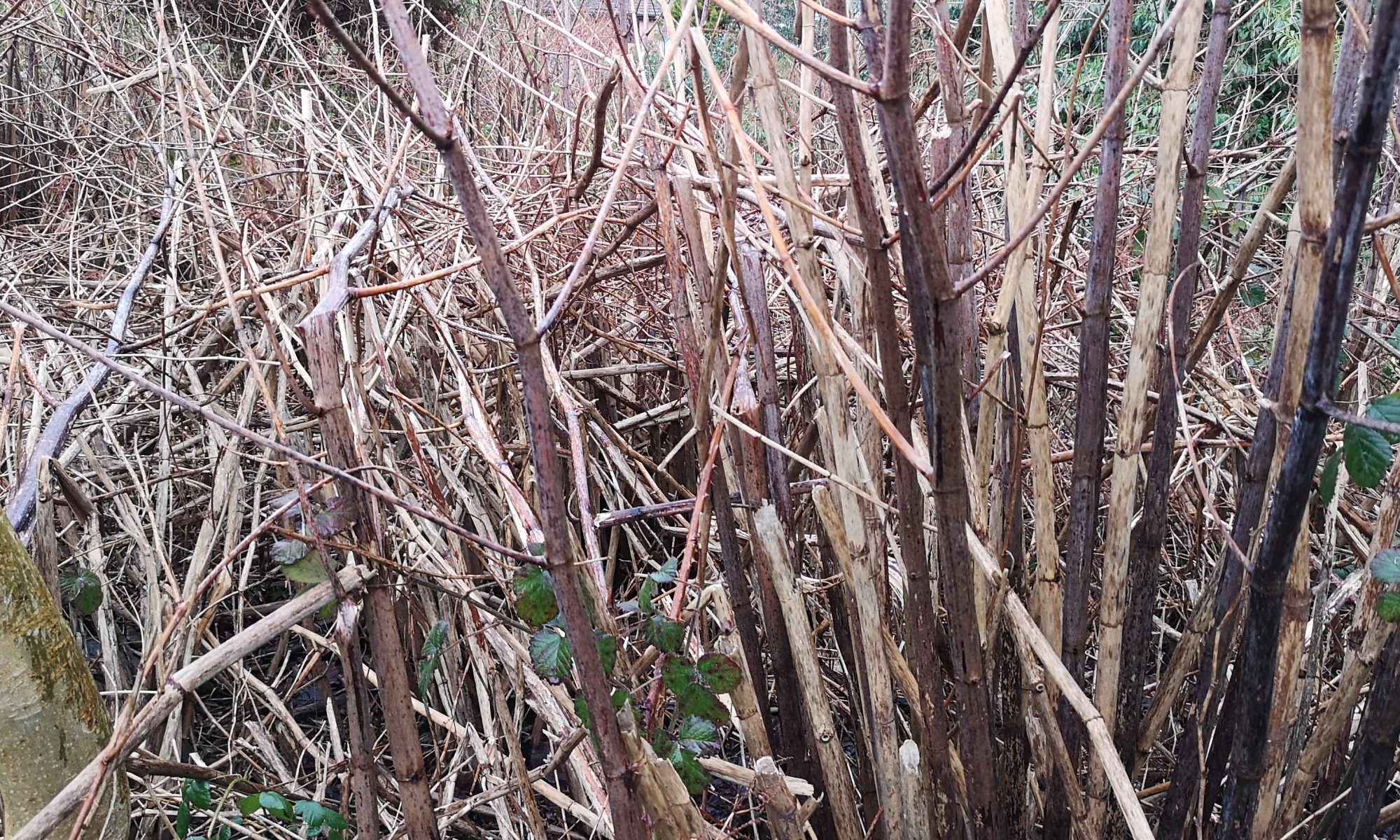A friend, who has plenty of gardening and forestry experience, recently asked me the question, “Japanese Knotweed, why can’t I just chop it down myself?”
A reasonable question. They live on a farm and have professional grade tools, so why can’t they deal with it the same way they would an out of control hedge or a tree that needs removing?
The answer is, because it’s Japanese Knotweed, one of the most invasive plants in the UK, which can spread rapidly from the tiniest piece of root.
Let’s just look at that in more detail. Japanese Knotweed spreads, in the UK, through rhizome growth and transfer. That means, from bits of root either growing or being inadvertently transferred from one place to another. It doesn’t (yet) produce viable seeds. It is all over the UK and it all got there through roots; be that growing, soil being moved, fly-tipping, bad garden or agricultural housekeeping, floods, dirty tools, vehicles and plant, animals or Grandad’s unwashed wellies. All root. No seeds.
All the Japanese Knotweed in the UK is a clone of the original female plant, introduced to Kew Gardens in 1850 by Philipp Franz von Siebold, a Dutch doctor in Nagasaki, Japan. From here it got out into “the wild”, via the methods above, in addition to intentional planting (the Victorians loved it for it’s white flowers). It was also deliberately planted along railway tracks to provide screening, due to it’s incredible ability to grow rapidly.
In the UK it is not an offense to have it on your land, however if you “knowingly allow it to break out into the wild“, then it is. It is also illegal to grow or plant or sell it. Japanese Knotweed is a controlled species under Schedule 9, Section 14 of the Wildlife and Countryside Act 1981.
All parts of the Japanese Knotweed plant are now classed as non-hazardous controlled waste in the UK. This means it is illegal to take any part of it, including the soil, off your land.
So, back to the farm.
If my friend goes in with chainsaws, they are likely to make it worse. If any part of the roots are cut during this action, they can spread the rhizome wherever they land. A piece of root material the size of a fingernail, less than 0.7 grammes, is enough to form a new plant and hence, a new colony is born. Any cutting of canes must be done slowly, with great care and not with chainsaws! Cut canes must not leave the property, although they can be incinerated onsite. However, the hardy roots of this plant, which grows on volcanoes, can even survive burning.
Ok, says my friend, I’ll just dig it all out with this mini-digger I bought for doing drainage.
Unfortunately, this presents even more problems.
The roots of a mature plant are capable of extending up to 7 metres, laterally, in any direction and up to 3 metres down. So, the root footprint of a single plant can be enormous. Even if the farmer could excavate all the material, including the soil, from this area, without inadvertently spreading it further, (via spillage of soil, dirty caterpillar tracks and buckets), where do they put it? They can’t take it away, they would need a licenced waste carrier, to transport it to a licenced landfill site, authorised to handle Japanese Knotweed, and this is VERY expensive and ultimately bad for the environment.
If they have the land, they could create a bund or a cell burial, but this is also expensive, subject to strict legislation and can easily go wrong. If not done properly, they could just end up relocating the problem to a different area of the land; even worse if they didn’t get it all from the original location and end up with 2 areas in the next growing season. Also, a bund or cell burial has to be marked on the deeds going forward, so that it is not inadvertently resurrected by future generations.
So, as always, the best thing my friend the farmer can do, is to contact a professional, qualified, specialist contractor, who will assess the problem and provide a range of options to control the infestation according to the situation, environment, budget and use of the land.
Put the chainsaws away, get off that tractor and call the experts!


